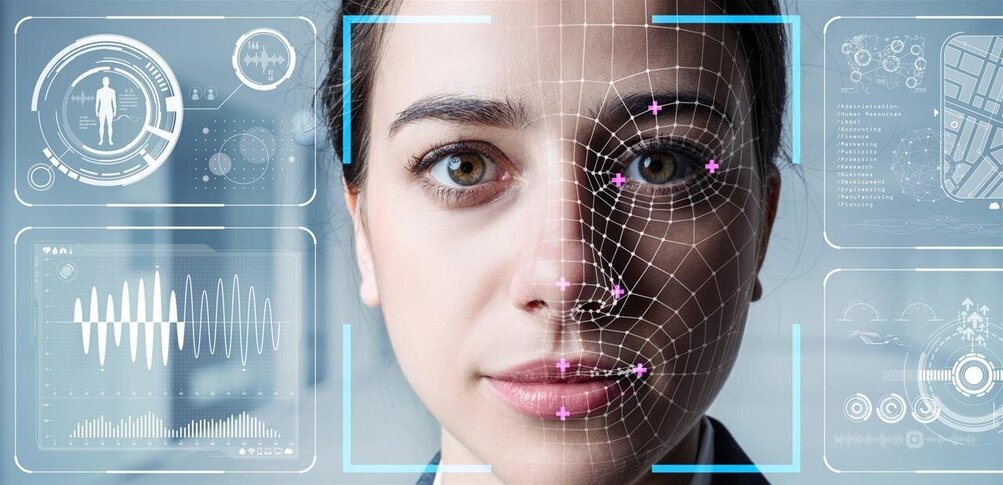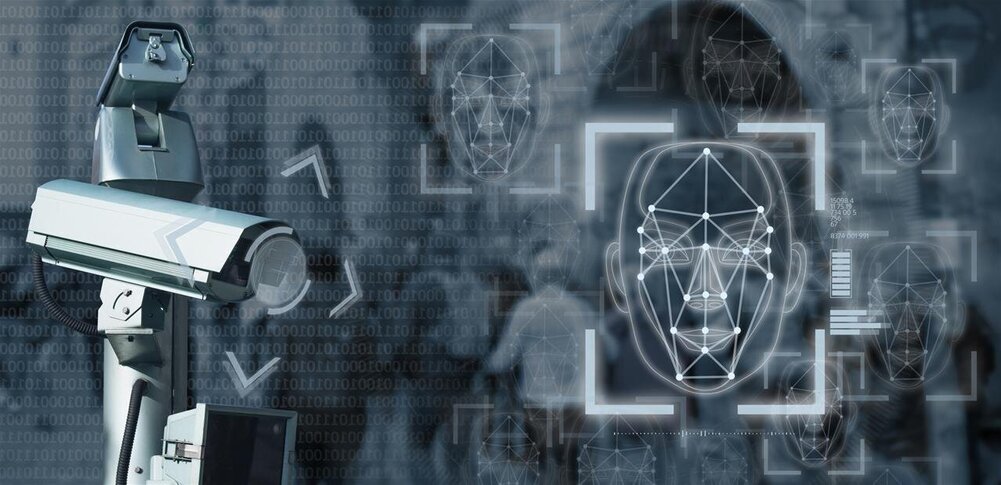Women hold just 26% of data and AI-centered jobs, and there is a significant gender gap in executive level jobs of this nature too. Women have also expressed more skepticism with AI than other groups, partly because of their fear of bias.
Ironically, people’s (including women’s) fear around AI could be assuaged if they were to use it more. It’s a bit like a cat chasing its tail. Over 50% of men are using AI in their professional and personal lives compared to just a third of women, which only makes it a more efficient tool for men – on whom more and more data can be collected.
“At Getty Images we have 50% female representation in data science which is unheard of in the industry. If you have this, you can bring your own lived experiences into interrogating the inputs and outputs of a model; diverse representation in data science teams means they bring their own lived experiences and, if they don’t, unconscious bias creeps into datasets,” says Candace Marks, Senior Director of Product Management at Getty Images.
But how about if women didn’t just balance out the data but also saw they had a niche role to play?
“Women have an advantage in AI,” says Anne Hunter, SVP of B2B Products and Go-to-Market, North America at Ipsos. “They tend to score better verbally in standardized tests – they use more words and provide more context which is what generative AI eats for breakfast.
“Historically, data science fields have been skewed towards men. And we think of that as the guts of AI. But generative AI gives women an opportunity to create equity by leaning into our strength of being verbal and providing context to the backend tools, regardless of who is developing them. Women can say ‘that’s not right; do it again’ really well!”
Mots-clés : cybersécurité, sécurité informatique, protection des données, menaces cybernétiques, veille cyber, analyse de vulnérabilités, sécurité des réseaux, cyberattaques, conformité RGPD, NIS2, DORA, PCIDSS, DEVSECOPS, eSANTE, intelligence artificielle, IA en cybersécurité, apprentissage automatique, deep learning, algorithmes de sécurité, détection des anomalies, systèmes intelligents, automatisation de la sécurité, IA pour la prévention des cyberattaques.






